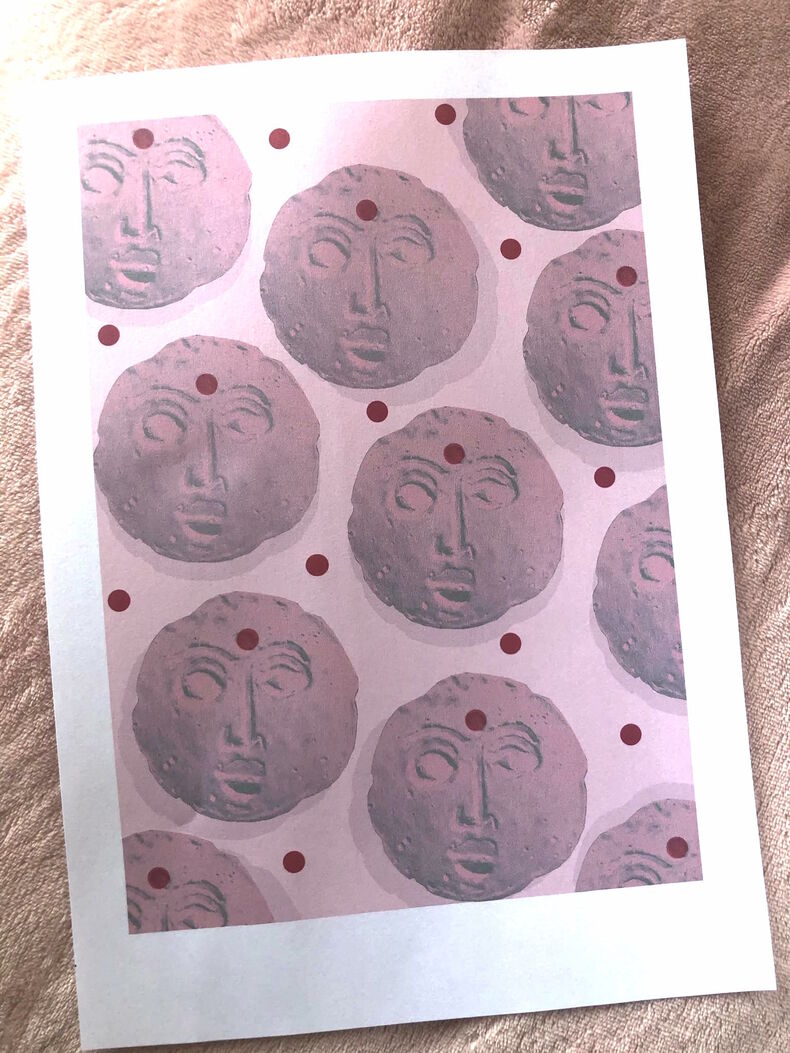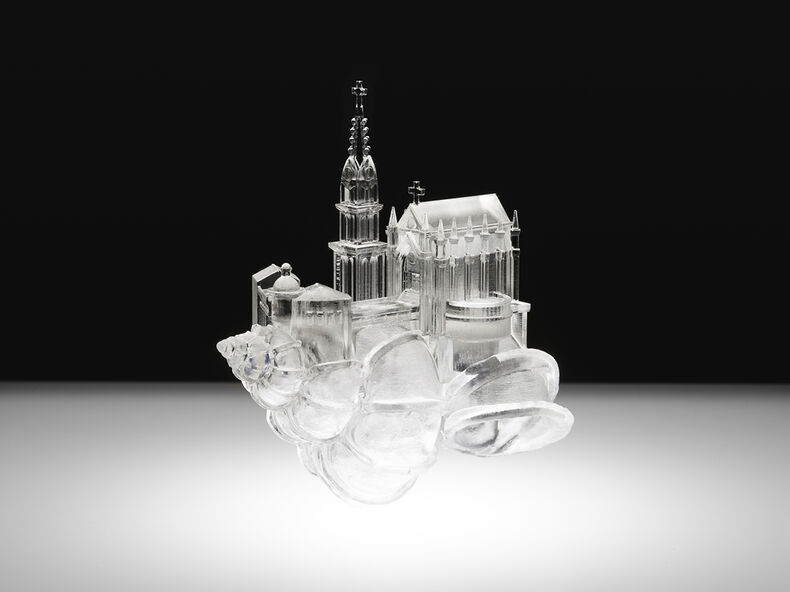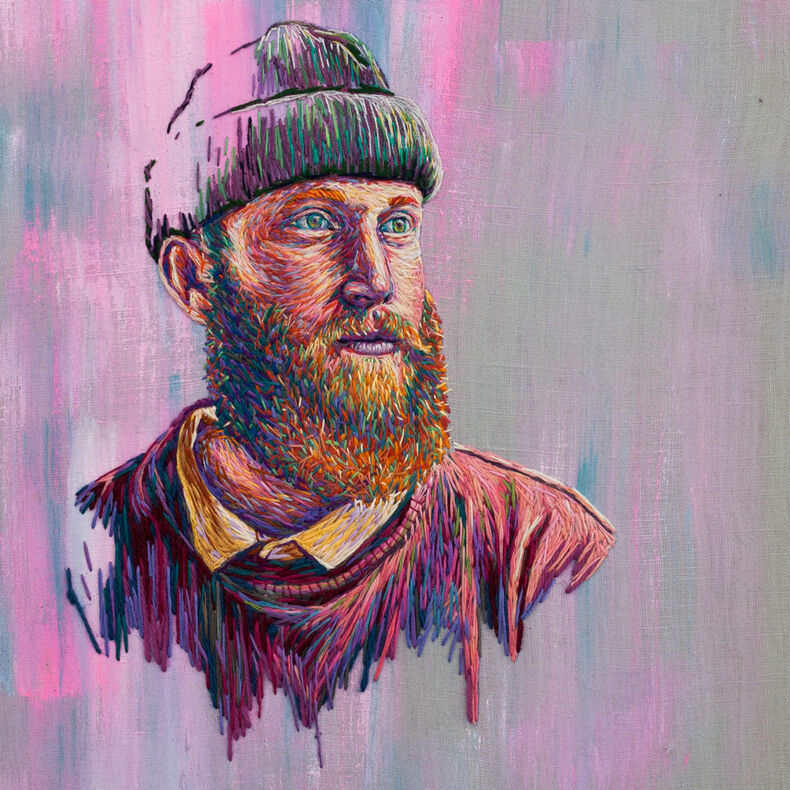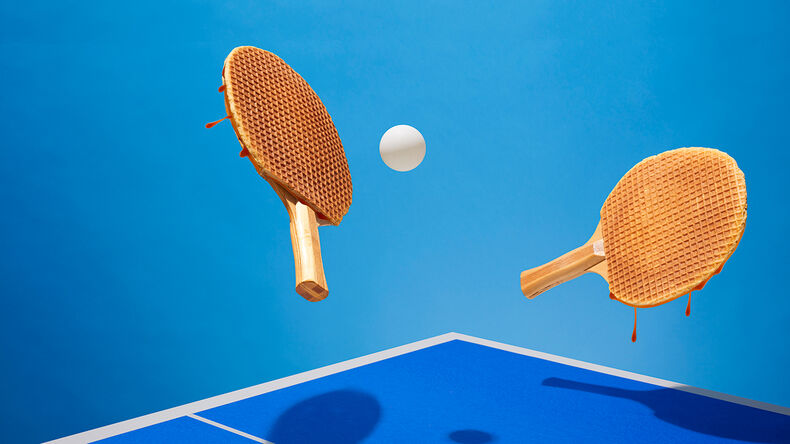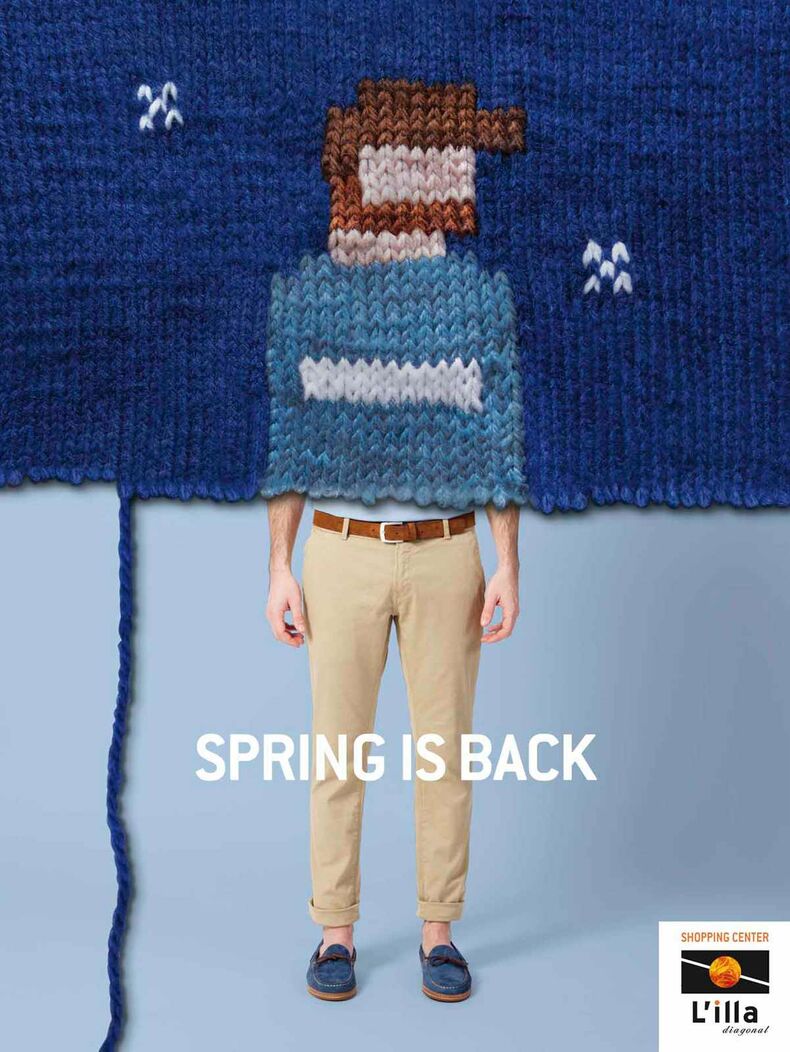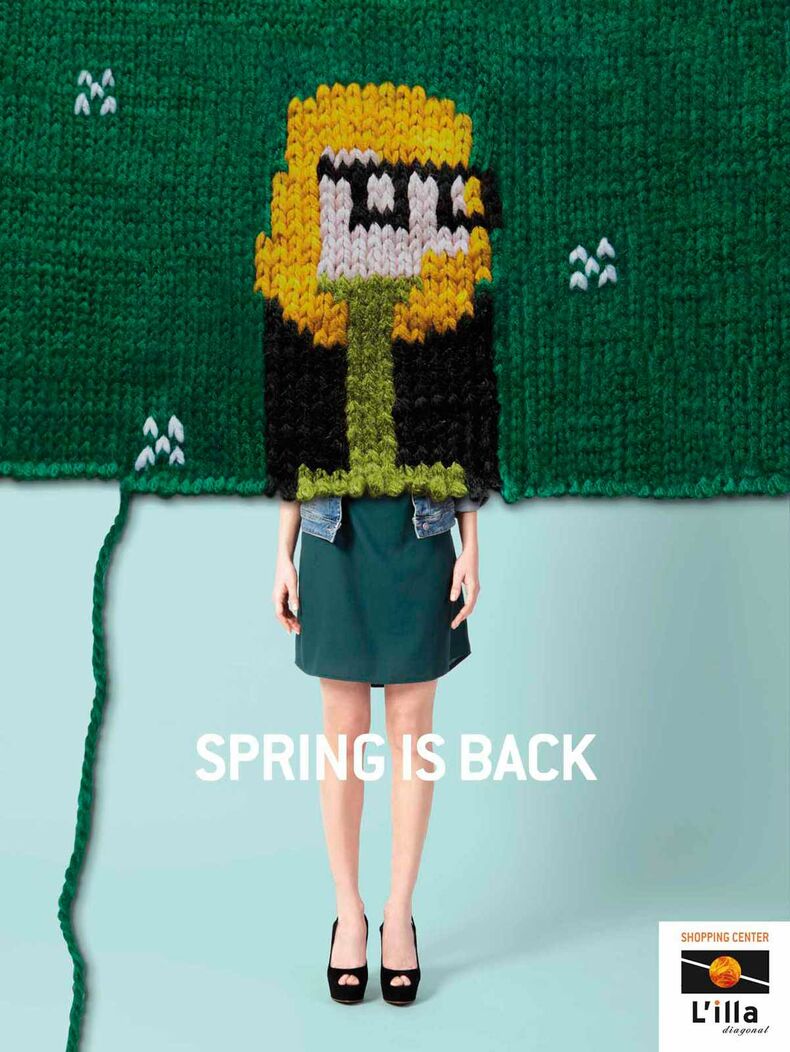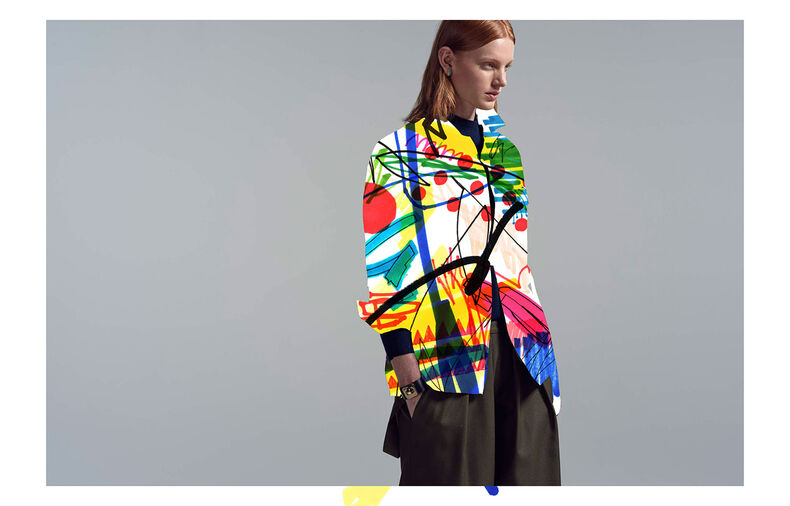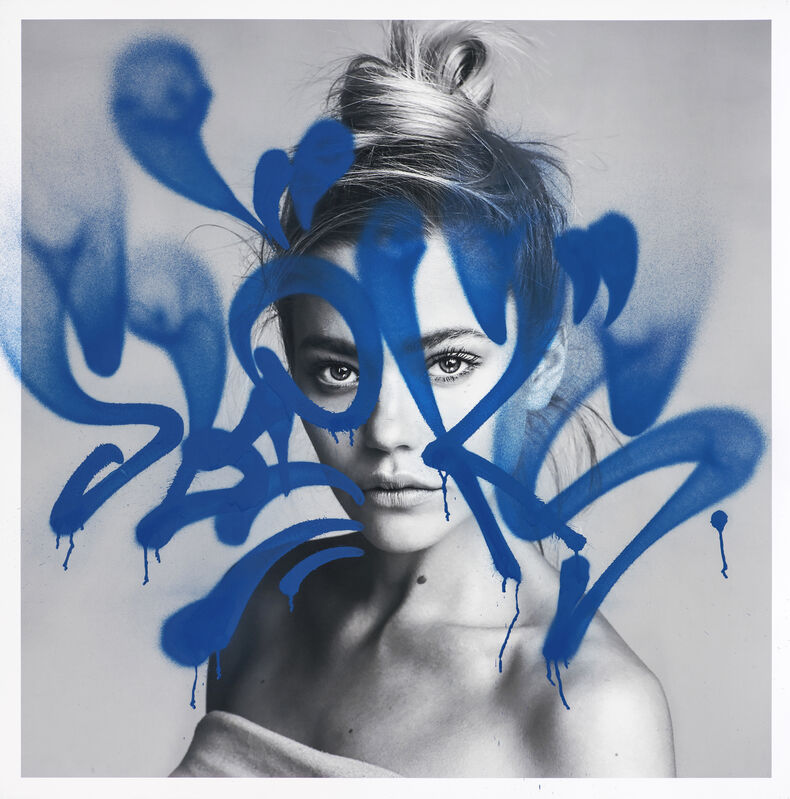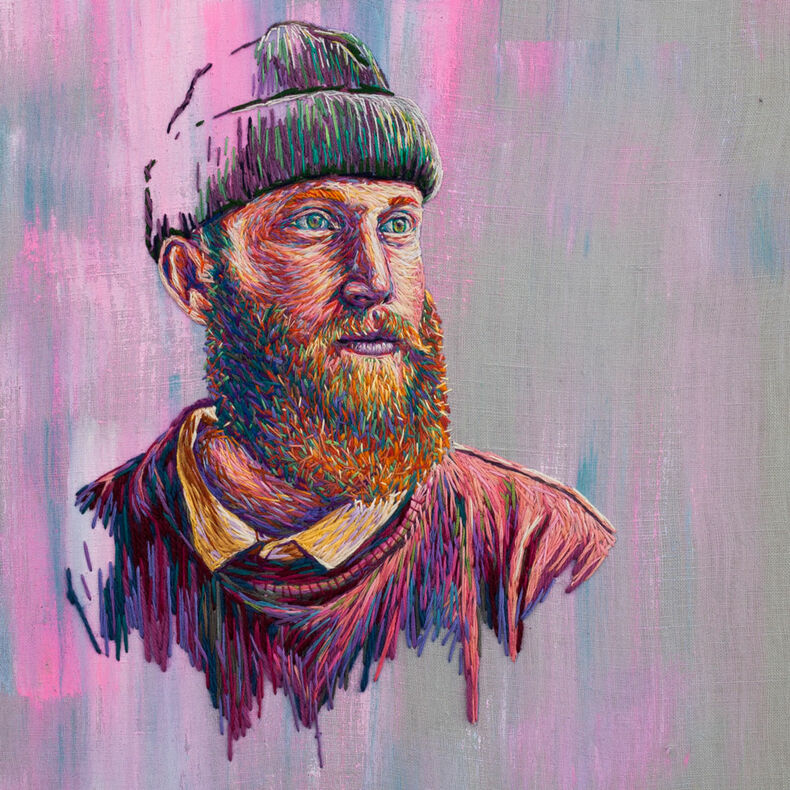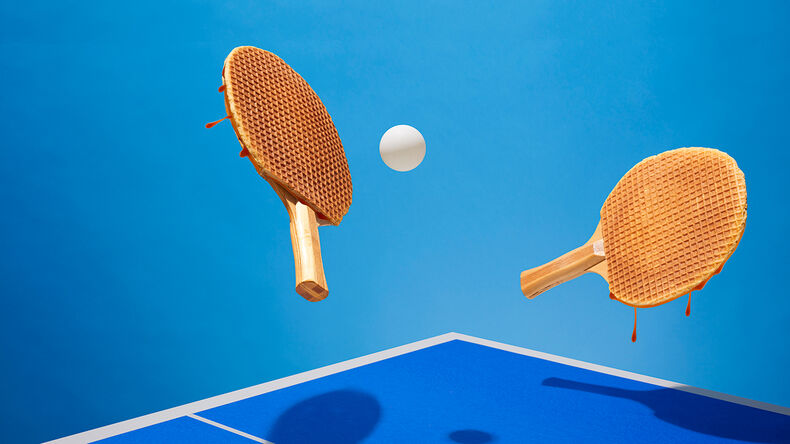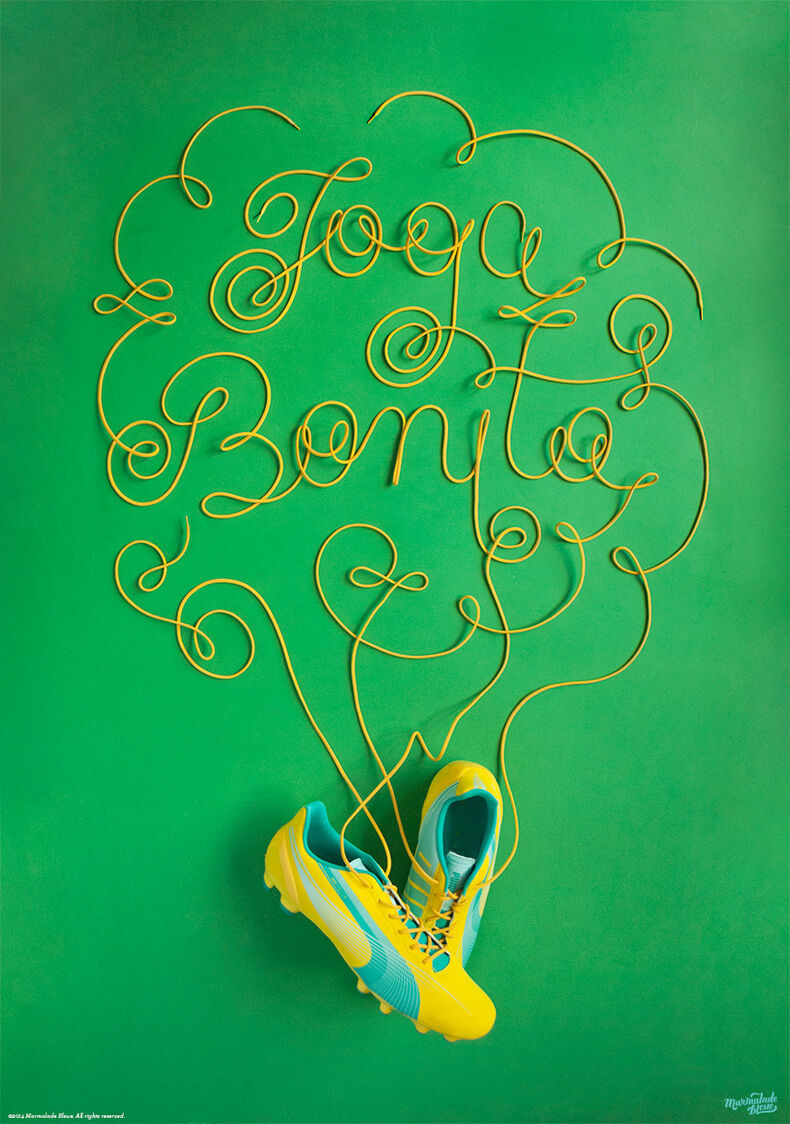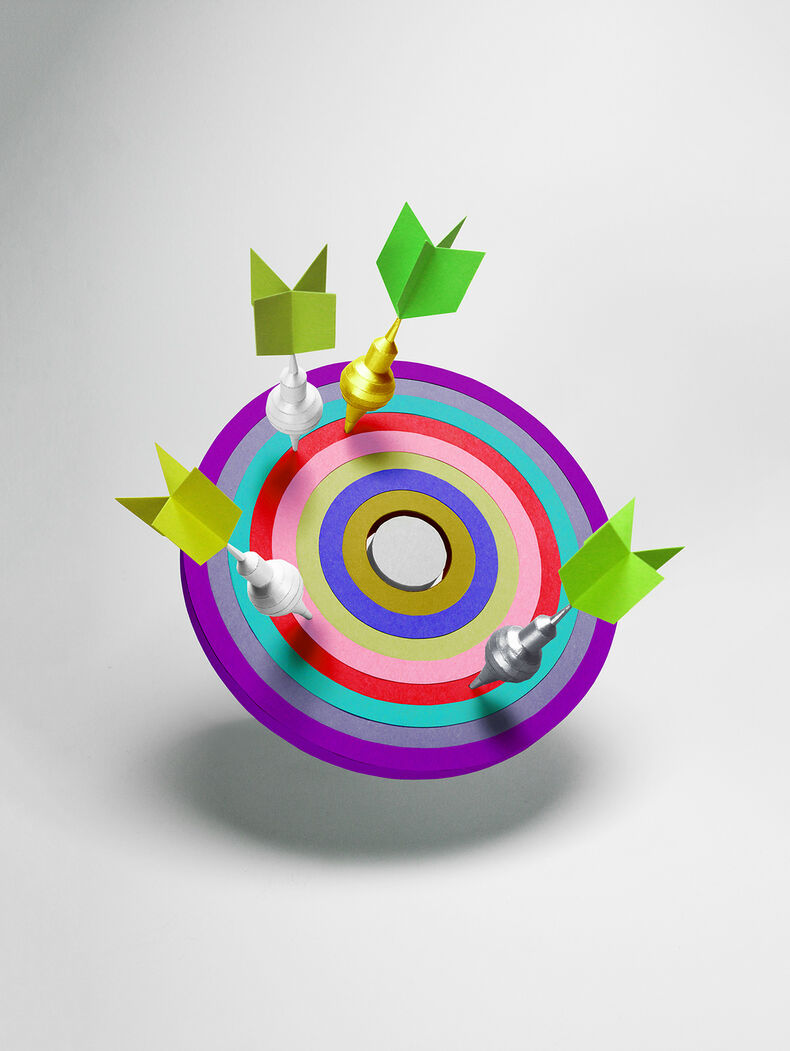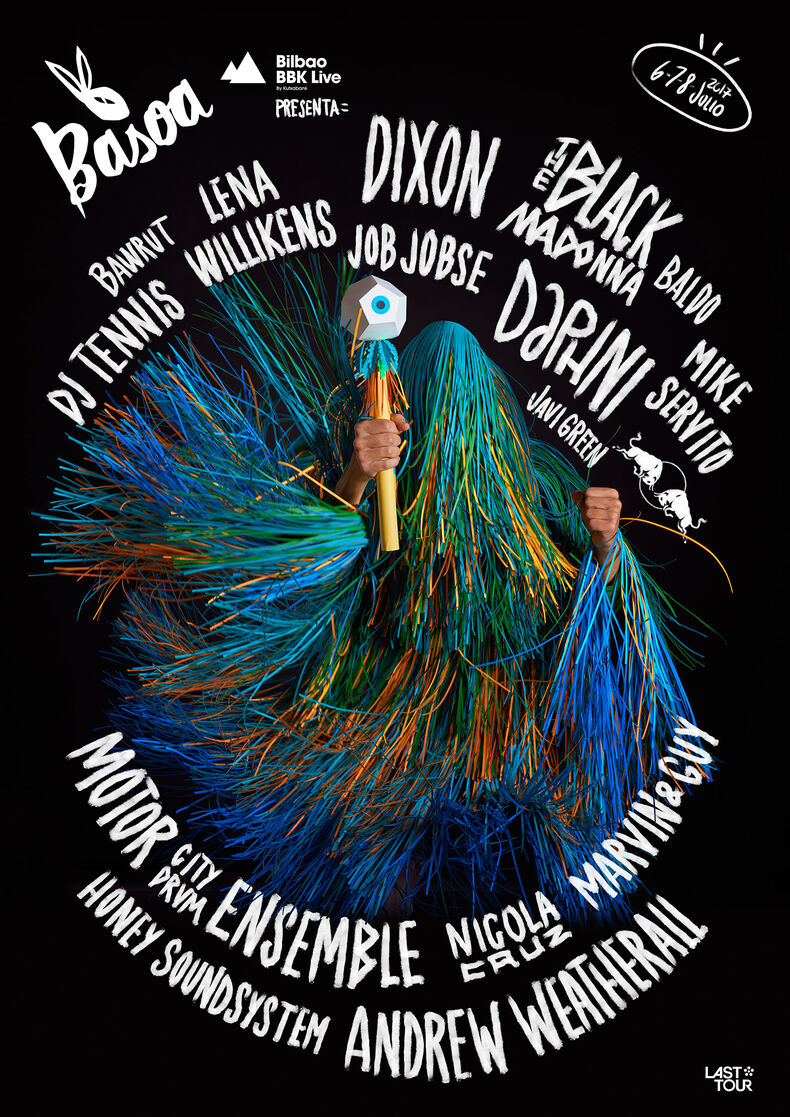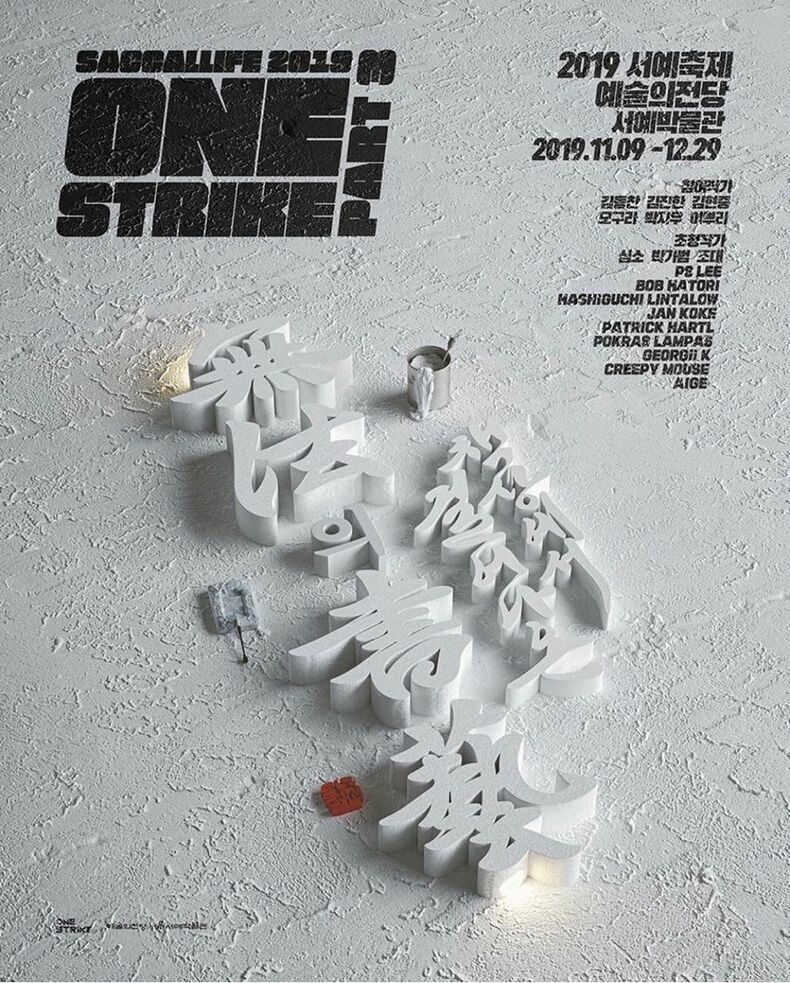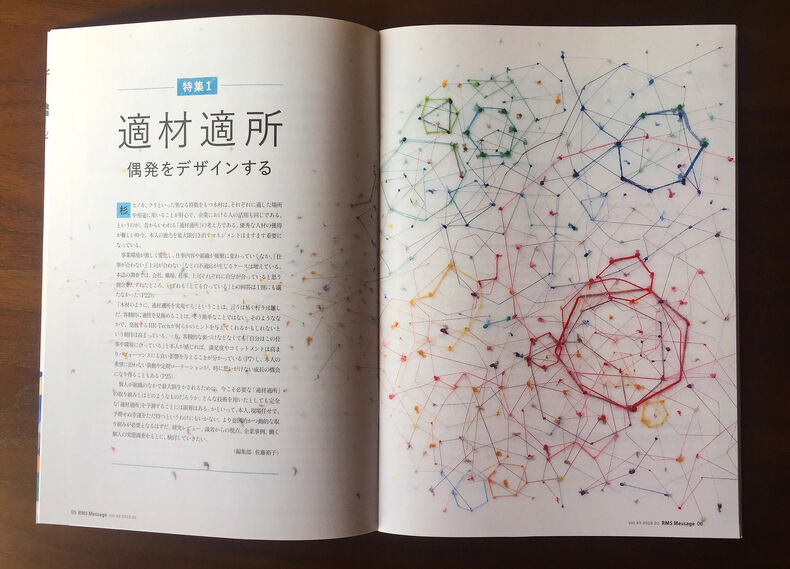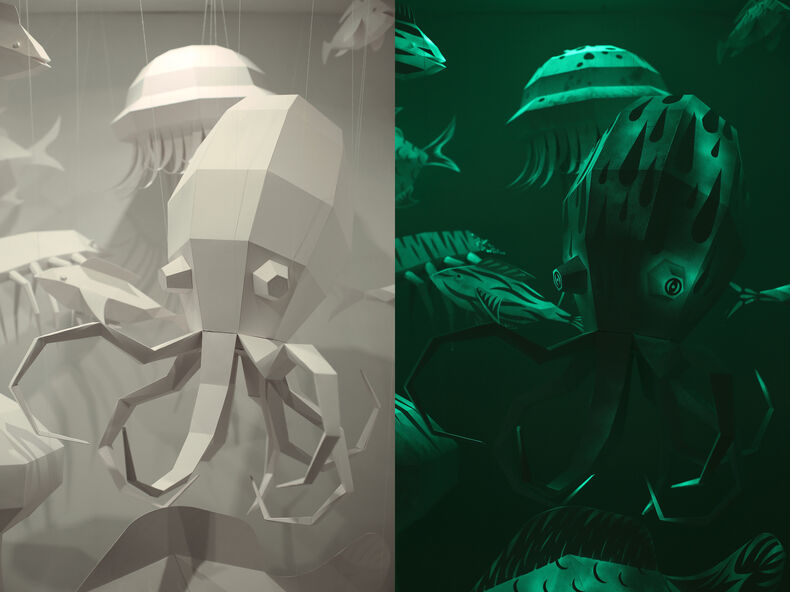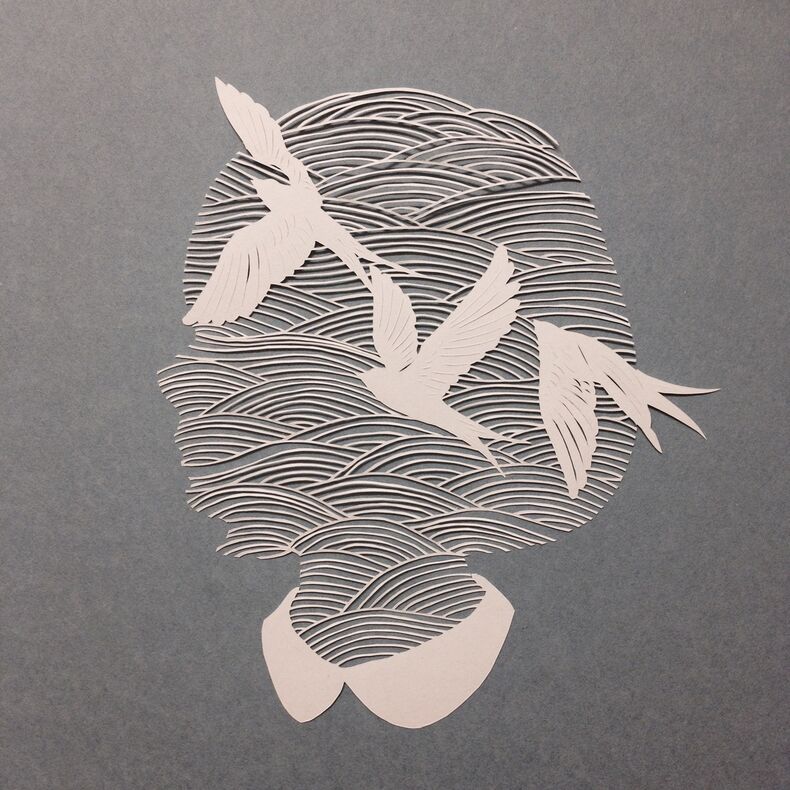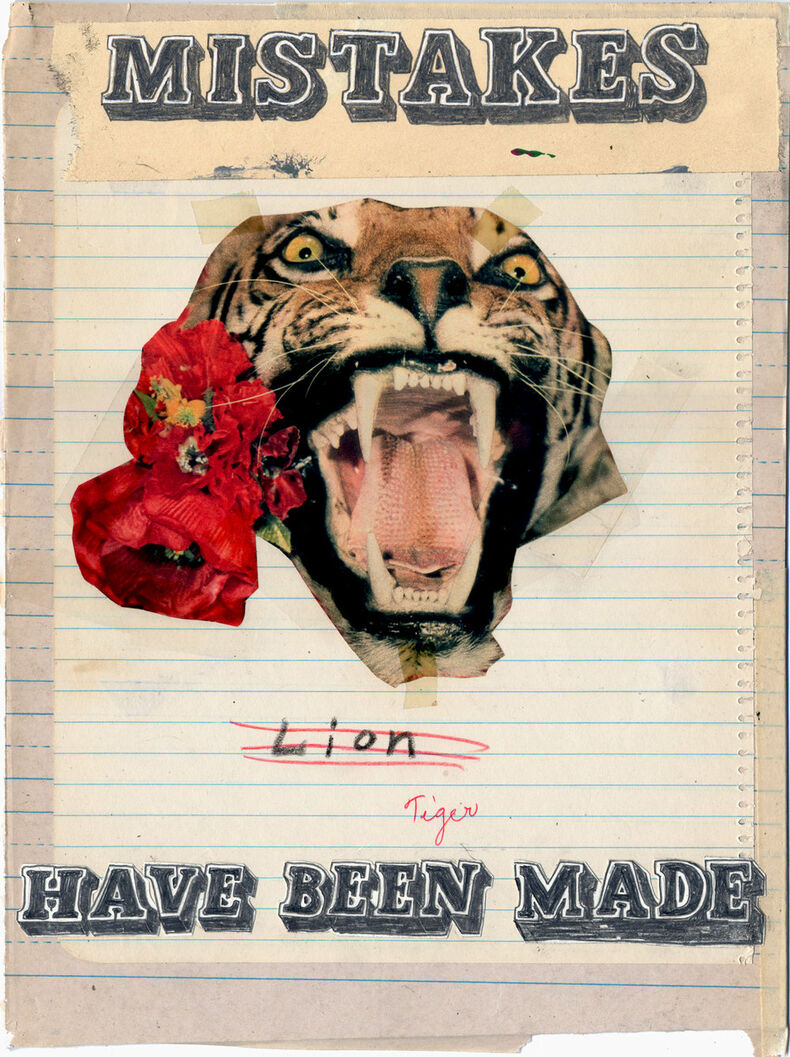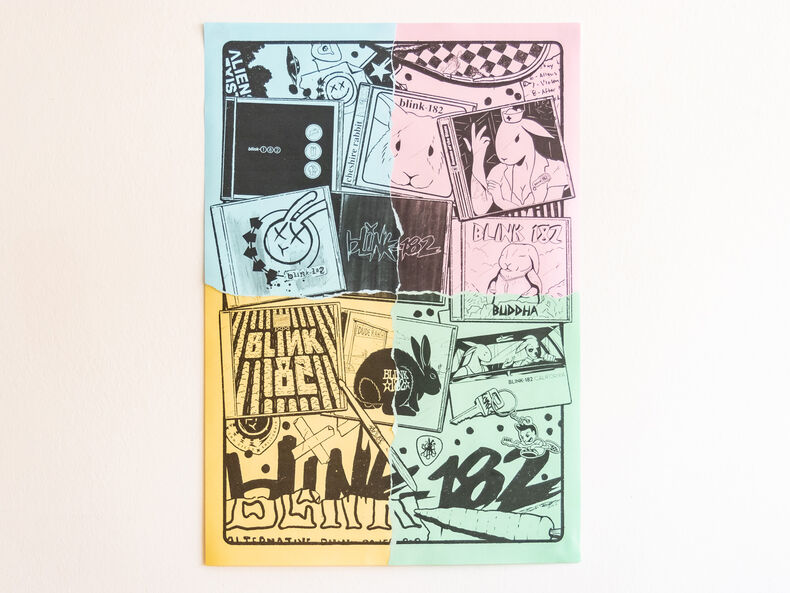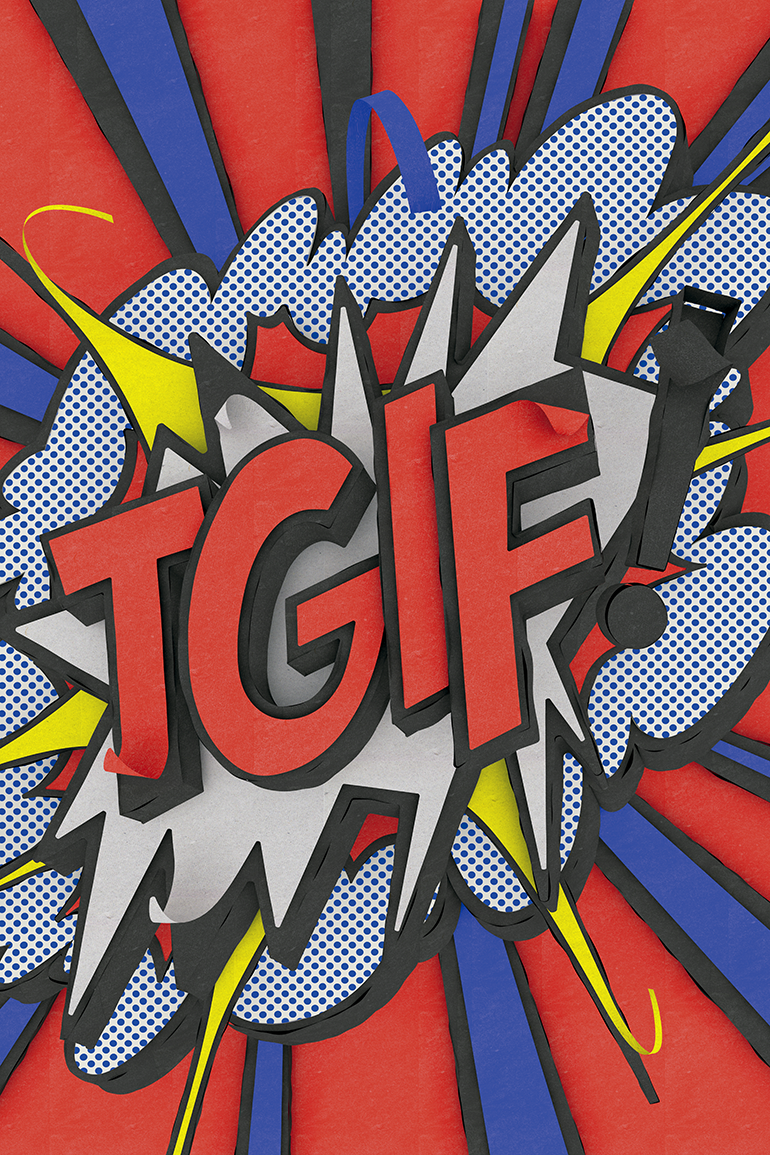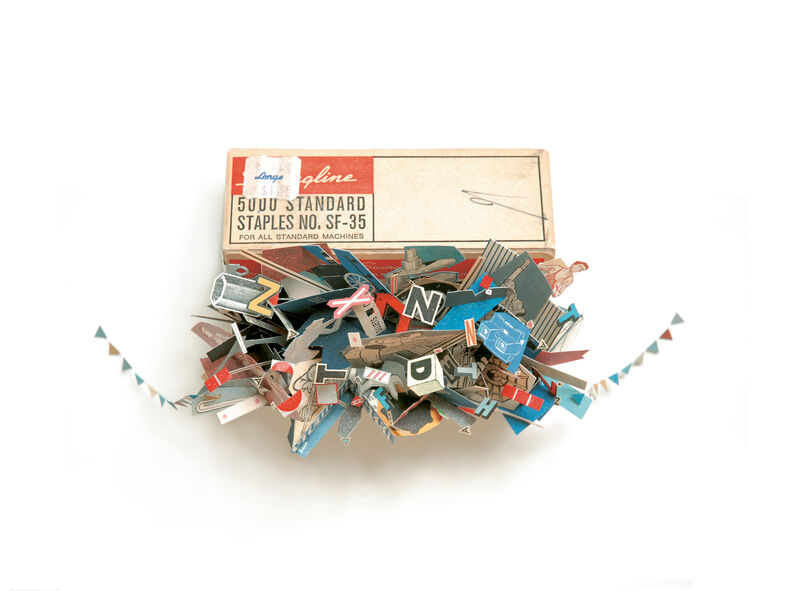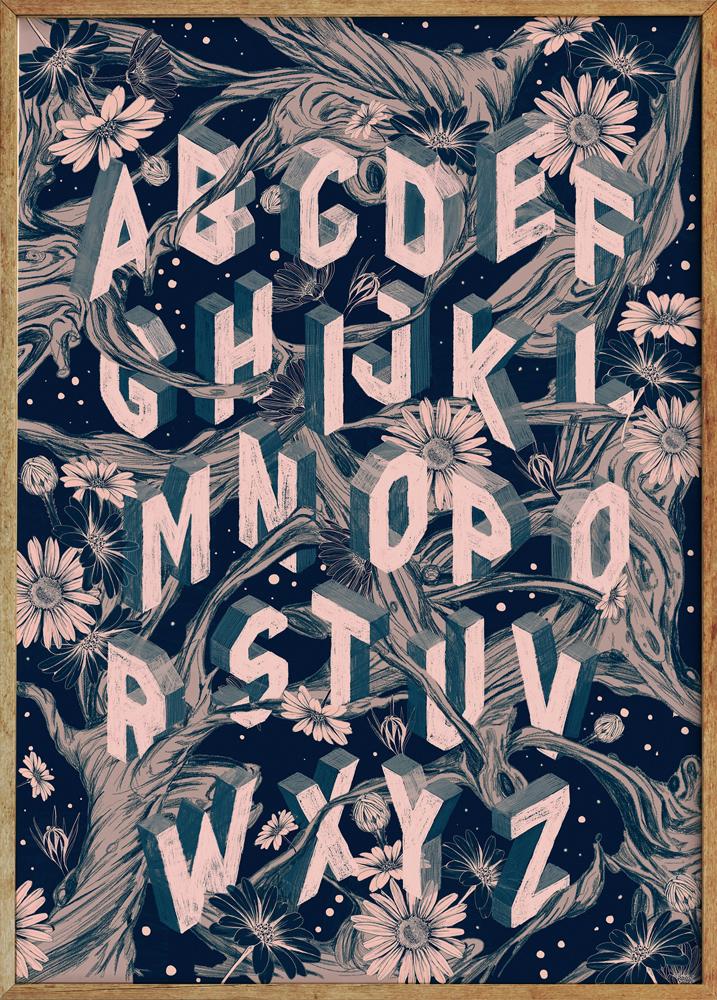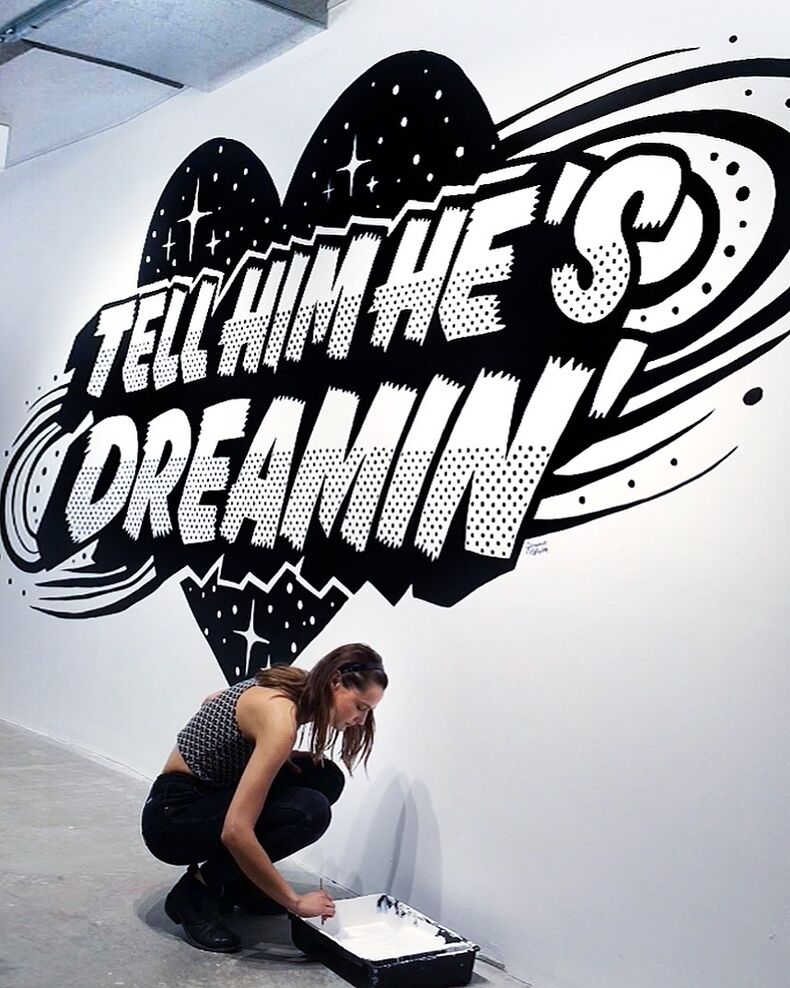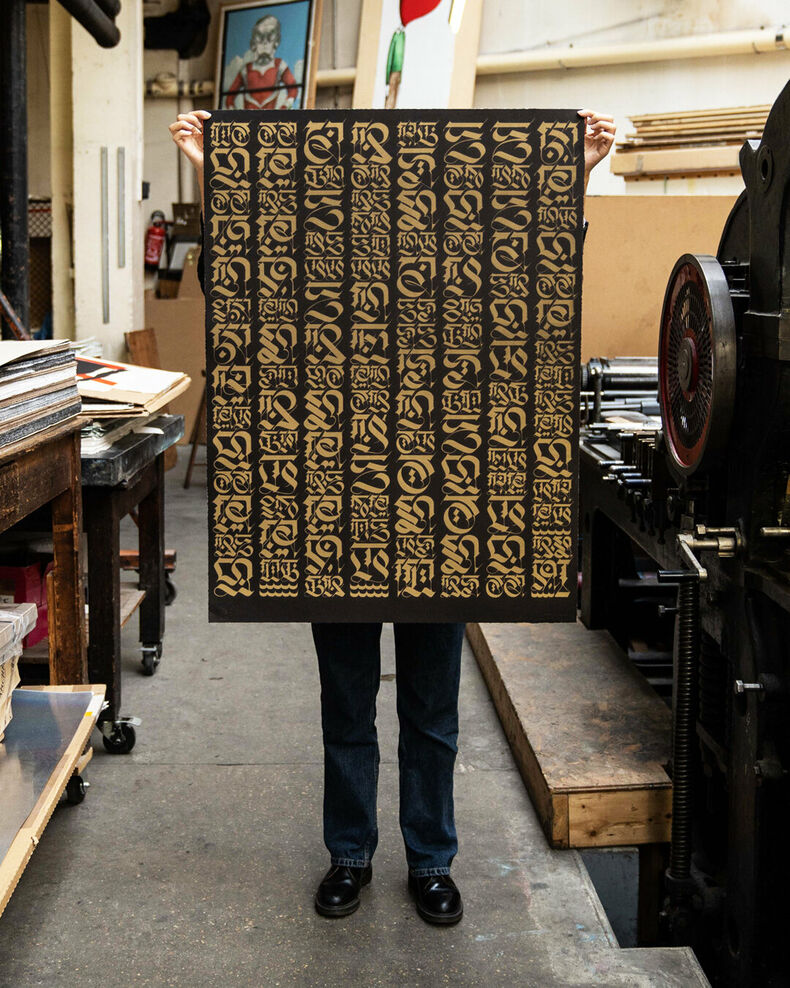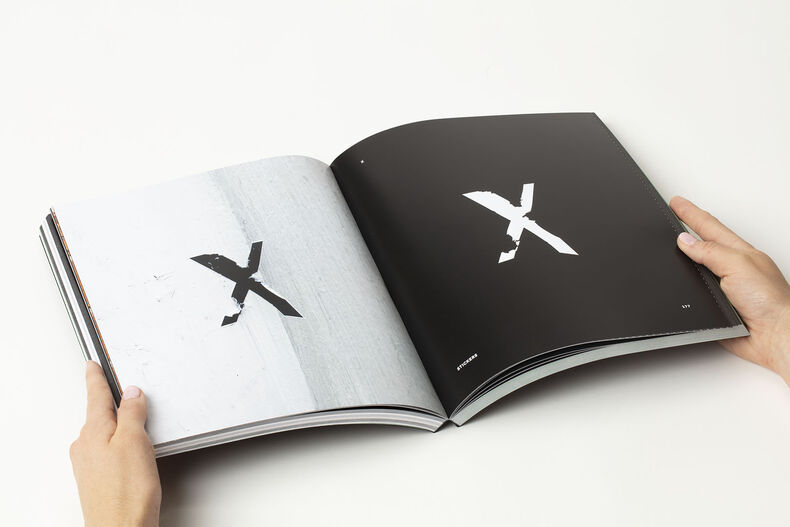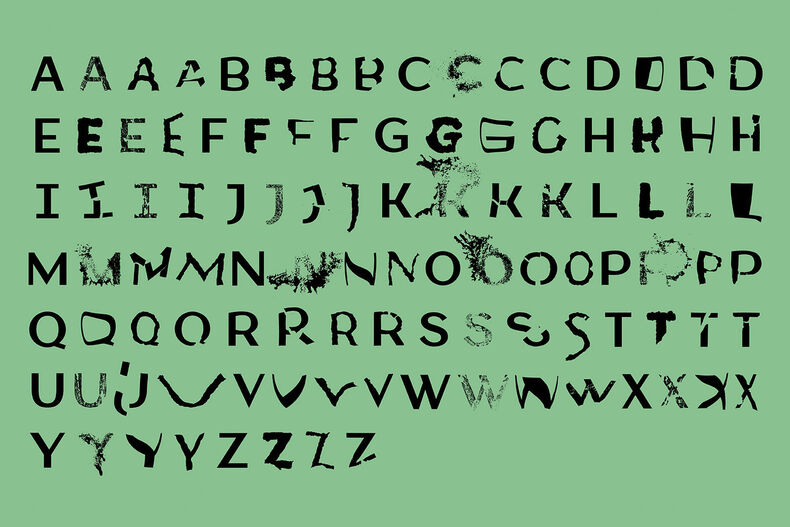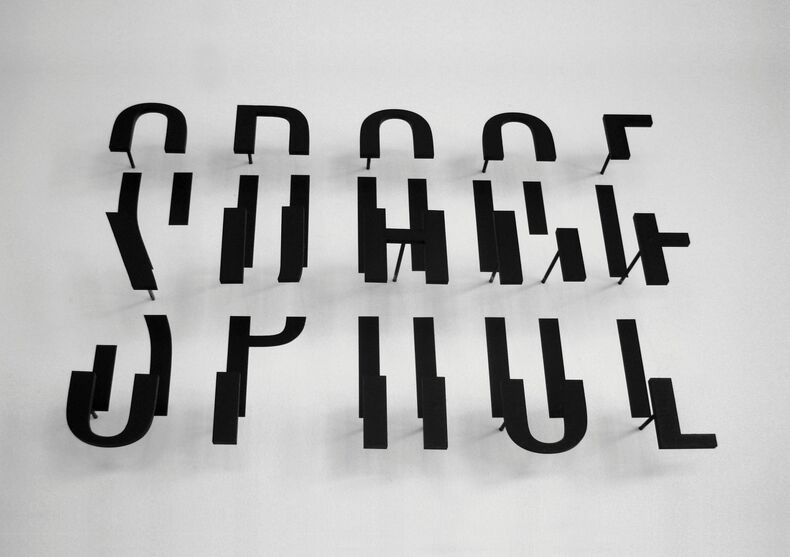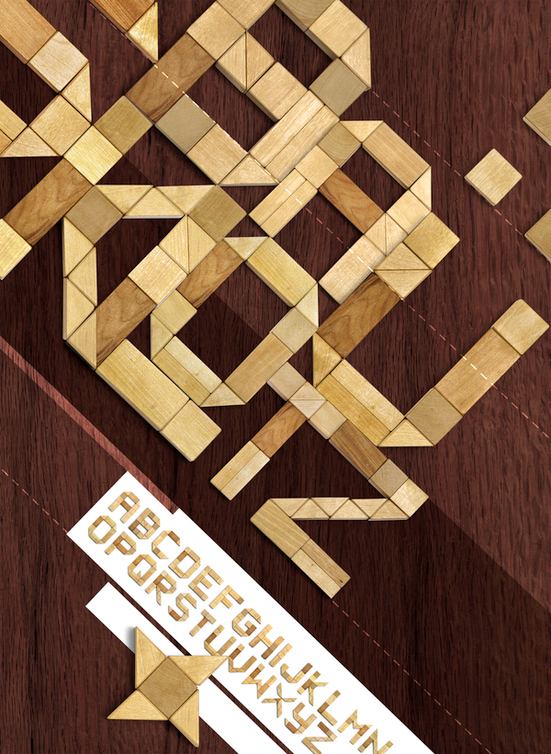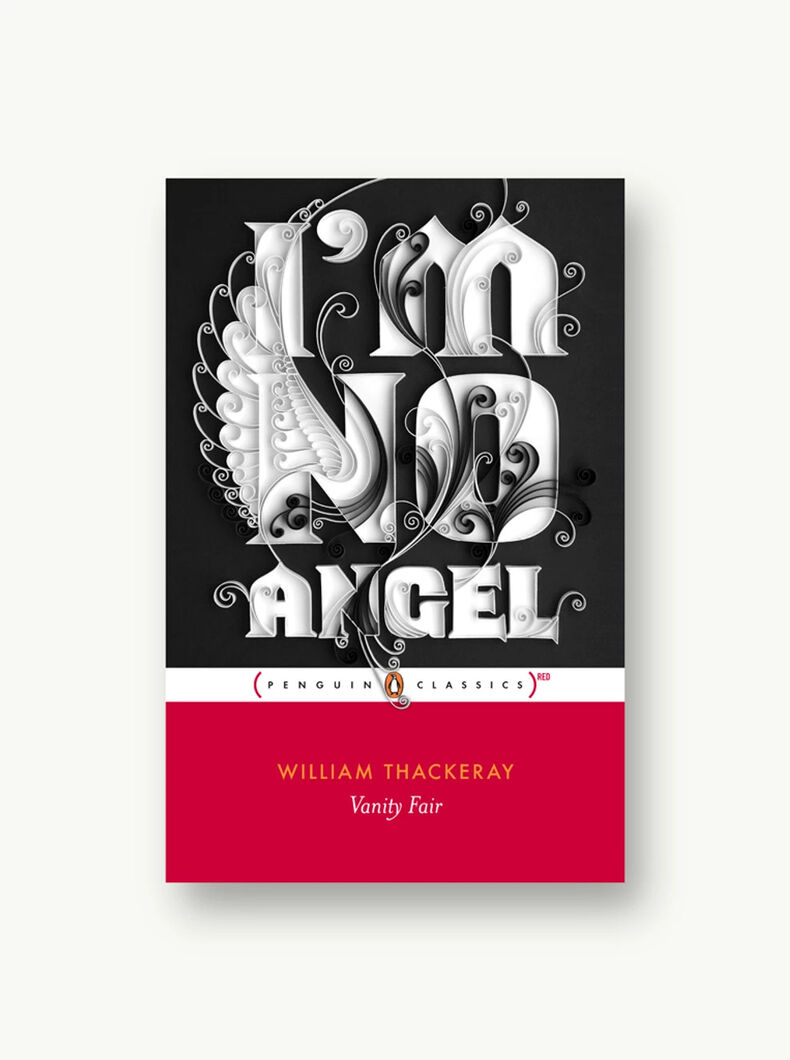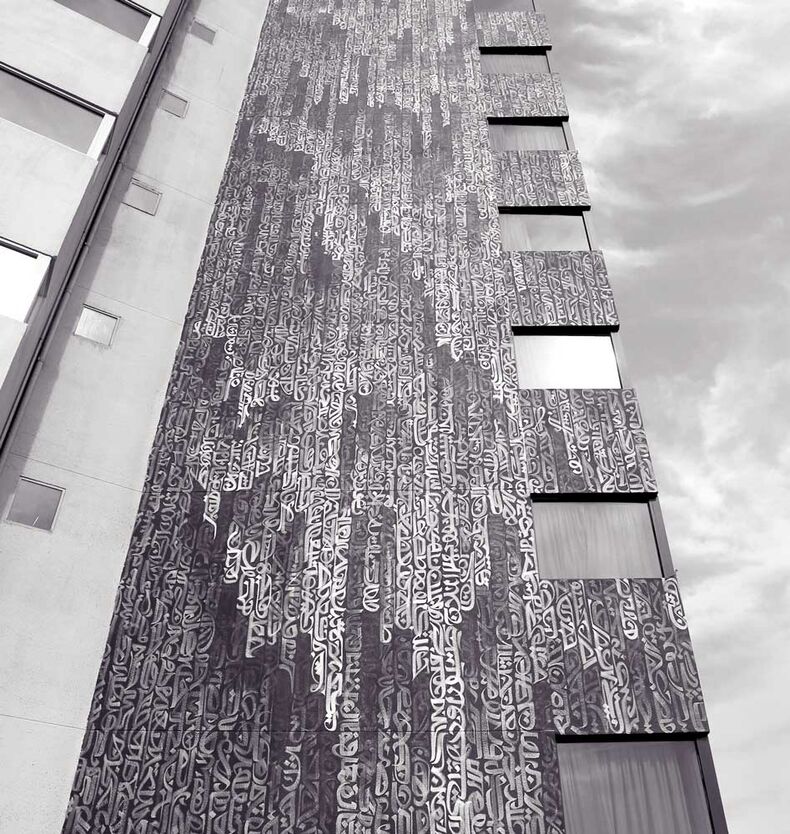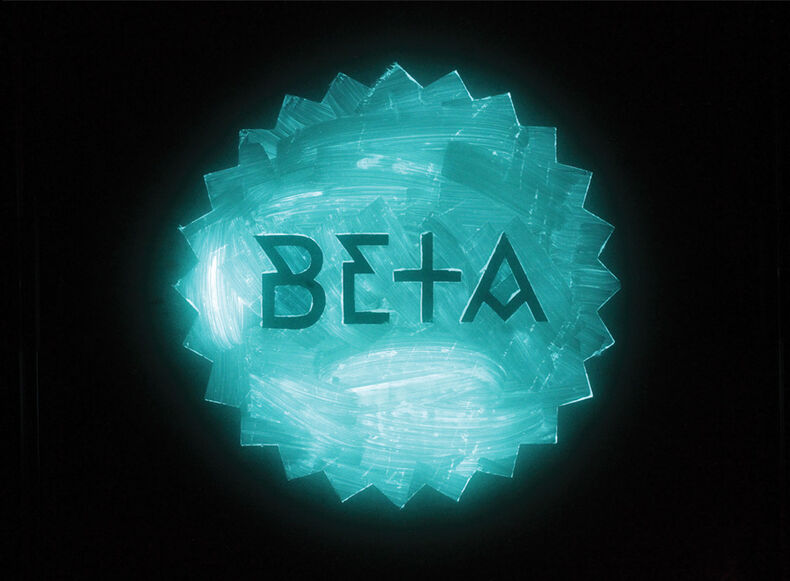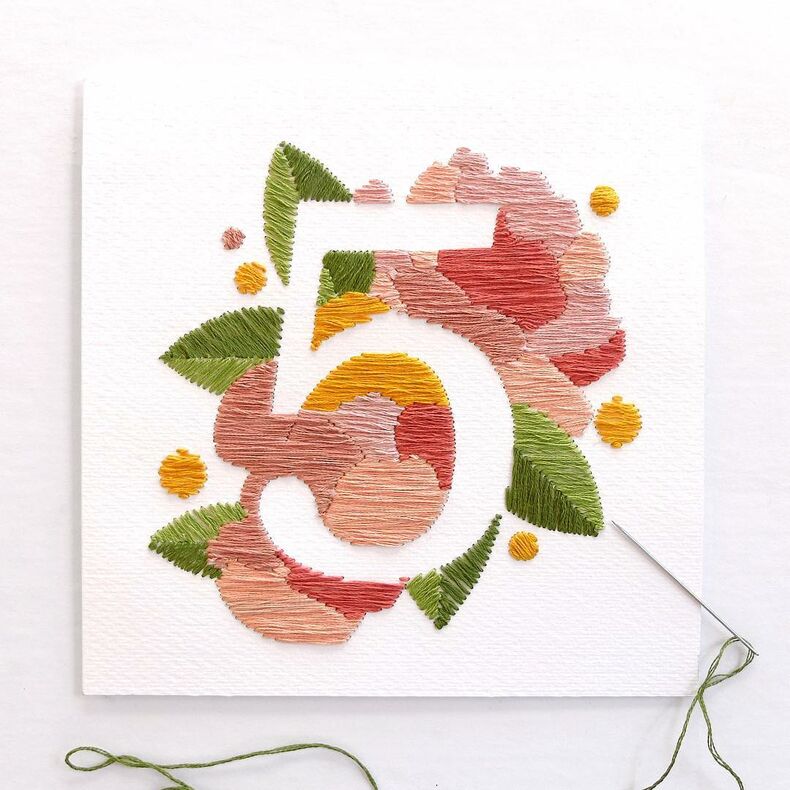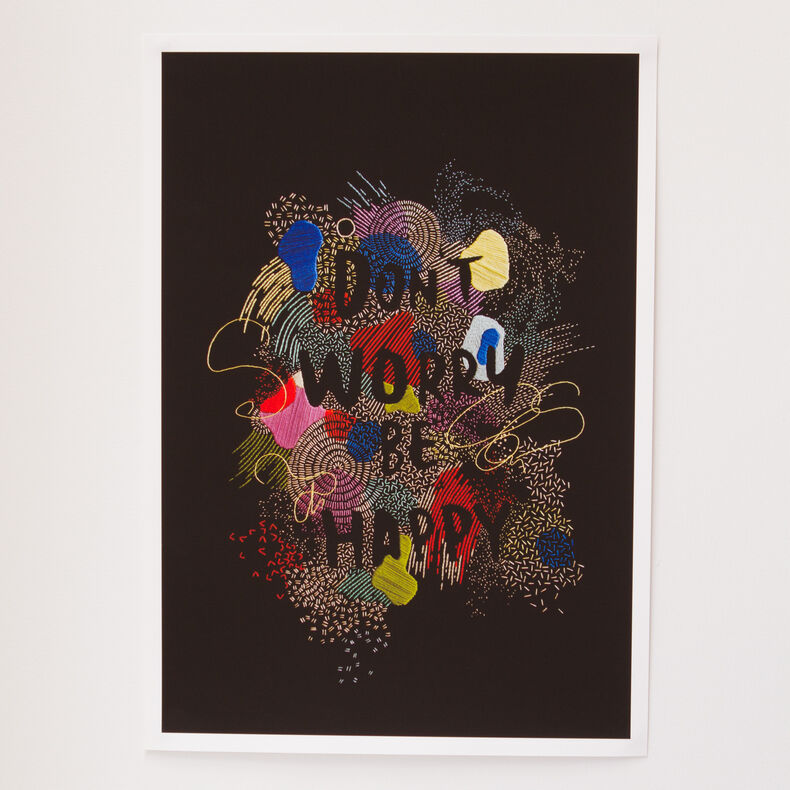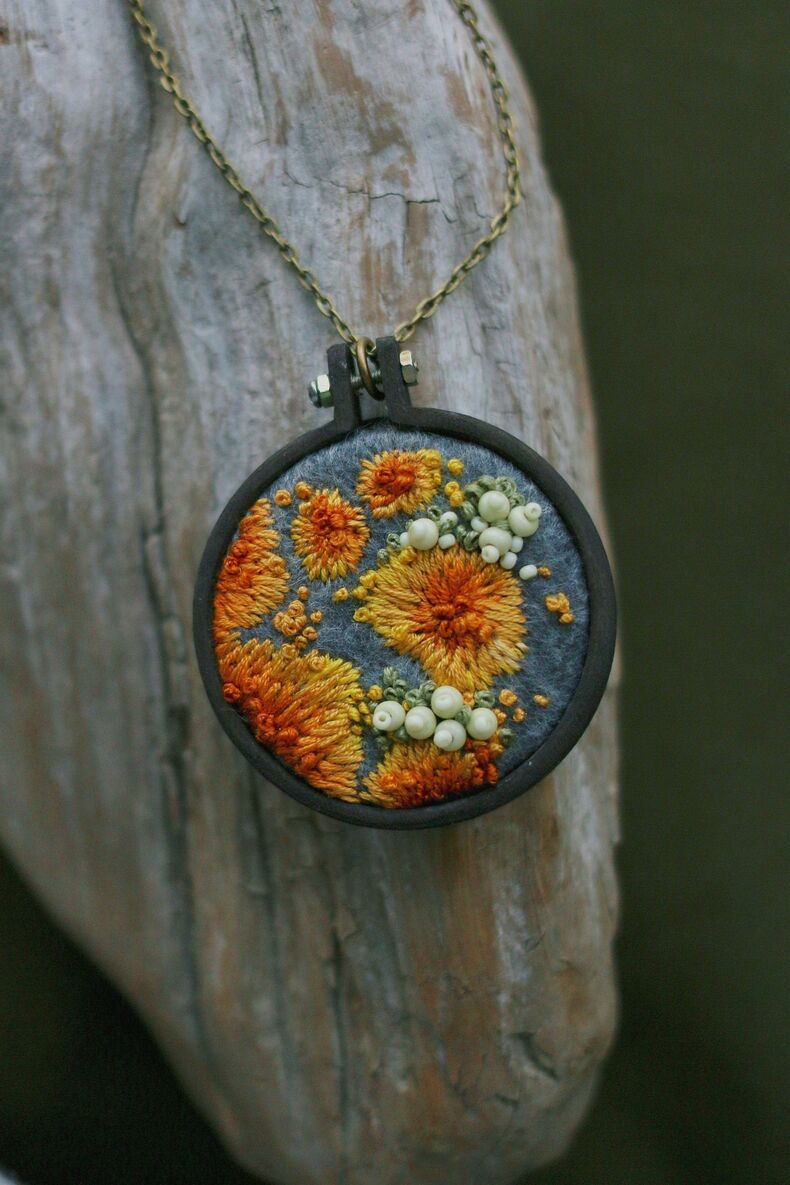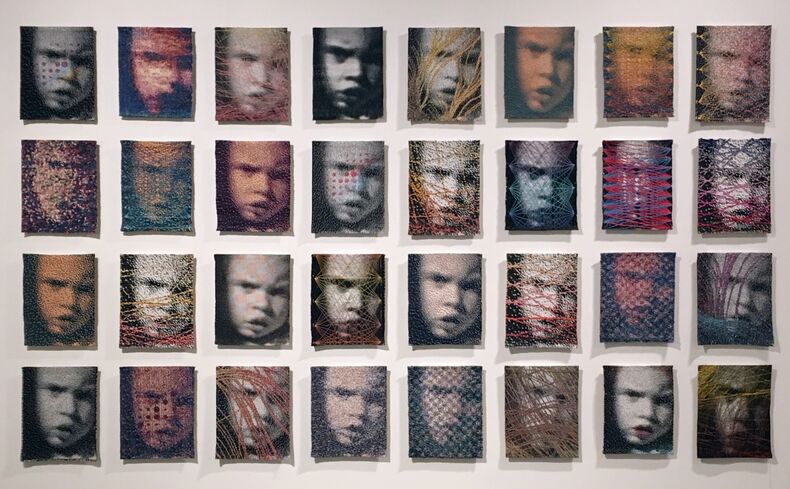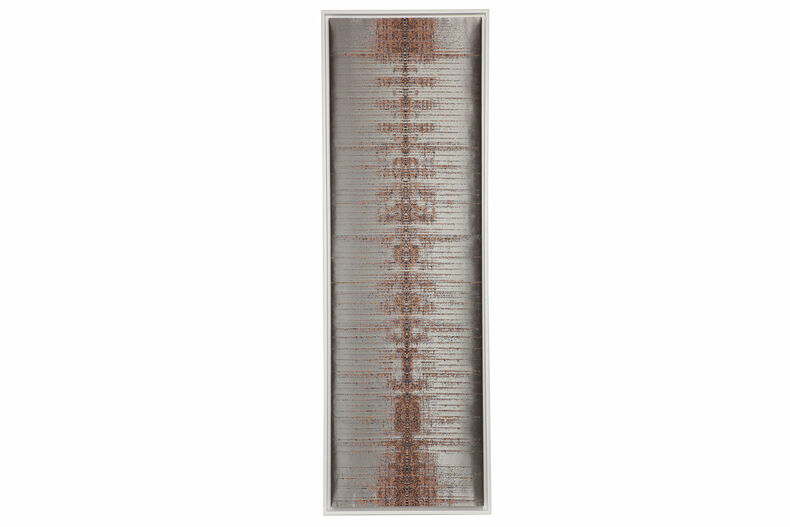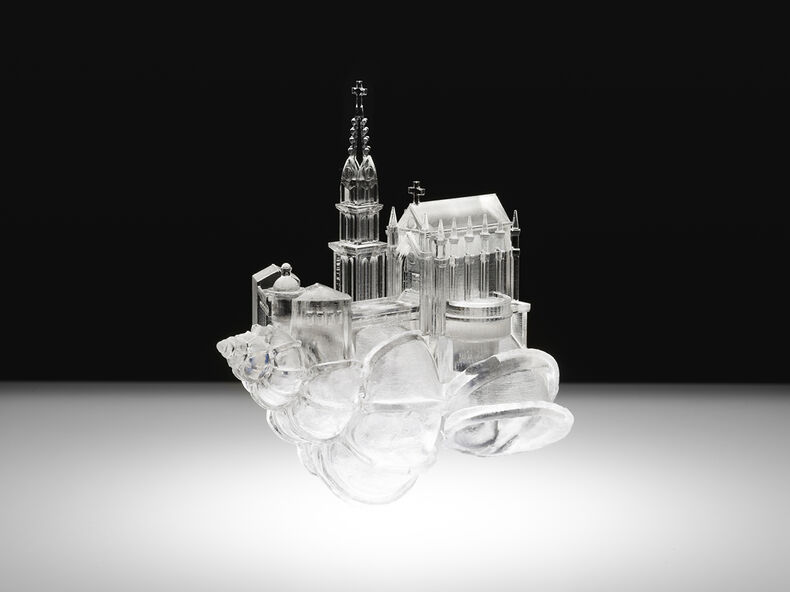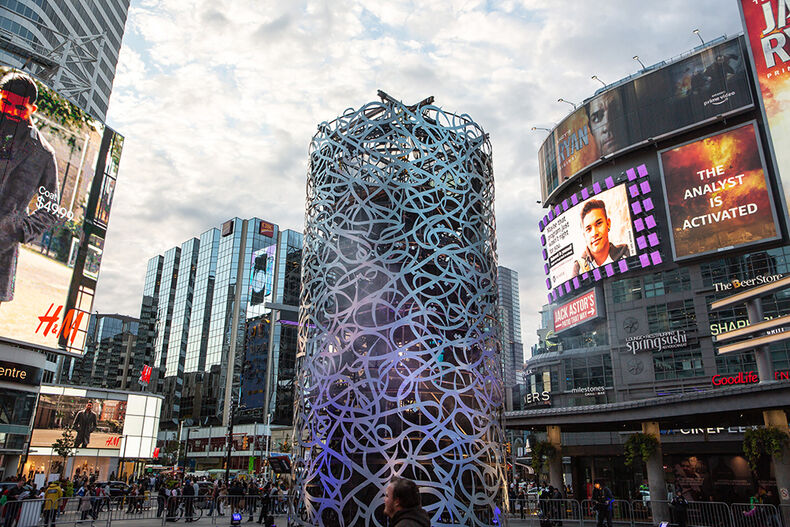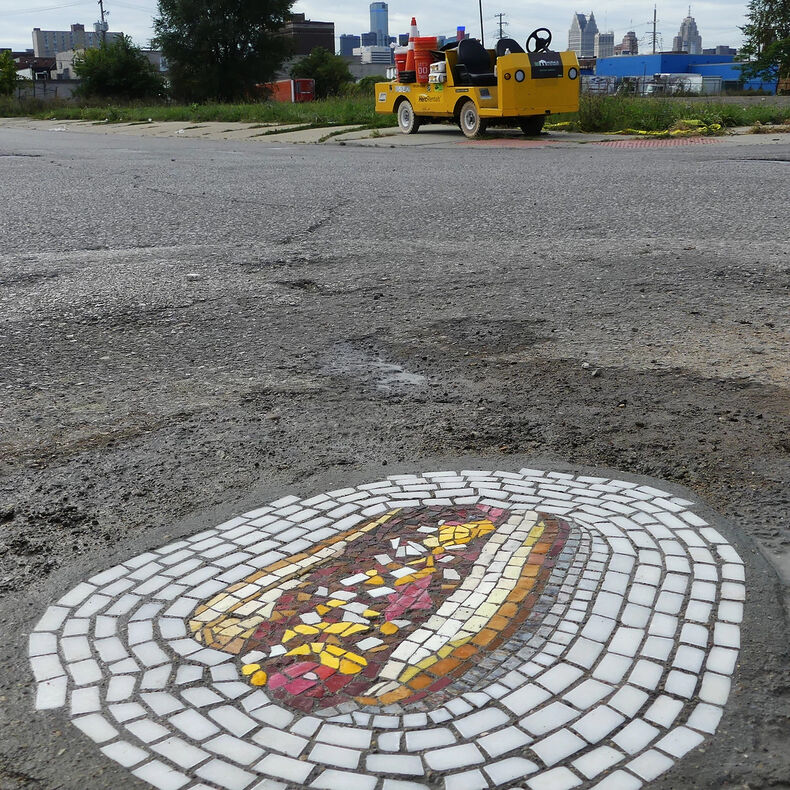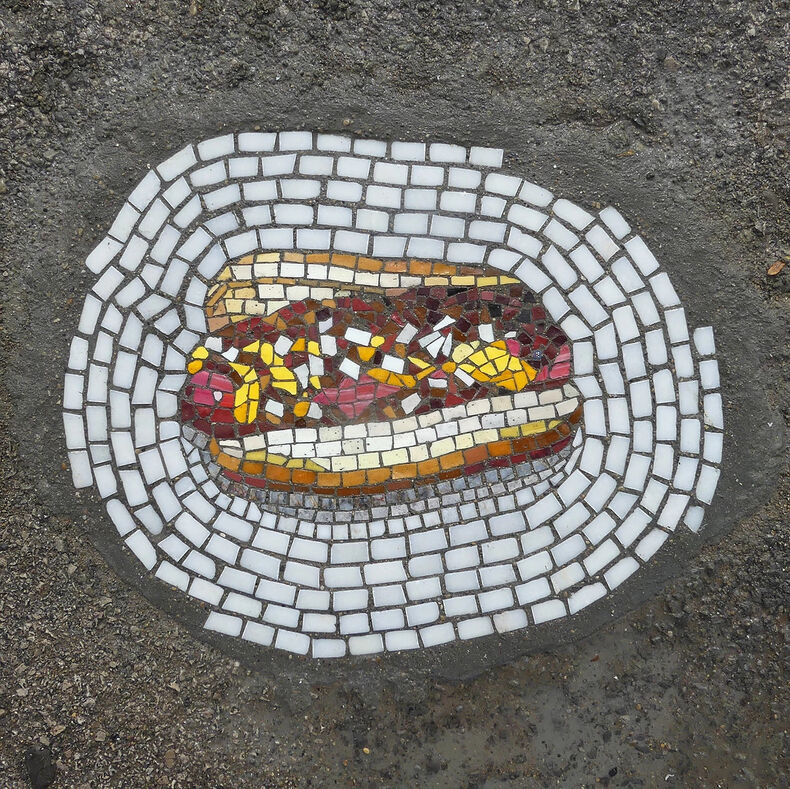The nature of digital handmade movement lends itself to the creation of new languages in art and design as it combines and extends established practices into new approaches. These languages often capture the soul and materiality of the handmade and the precision, control and mass production capabilities of digital technology. It is particularly relevant as people seek to learn traditional and indiginous crafts and digital fabrication technology becomes more readily available to the everyday person.
Known as ‘digital artisans’ people in this field use a combination of handmade or ‘analog’ craft based practices and digital technologies to create their outcomes. The outcomes themselves range dramatically in form, shape, scale, materials and purpose. Unlike other movements in art and design there is no common style or aesthetic for the digital handmade practitioner, rather a way of working which involves an appreciation of craftsperson-ship alongside an exploratory spirit to investigate and re-generate ideas using digital technologies.
The tool kit of the digital artisan varies depending on the interests and visual language of the person themselves along with access to materials, knowledge and various technologies. The resulting tool kits and/ or personal practices are often a result of many hours of experimentation and refinement.
This open endedness means the field is diverse and does not favour one form of knowledge or ‘ways of doing’ - practitioners have all of human invention to play with, both physical and digital.
